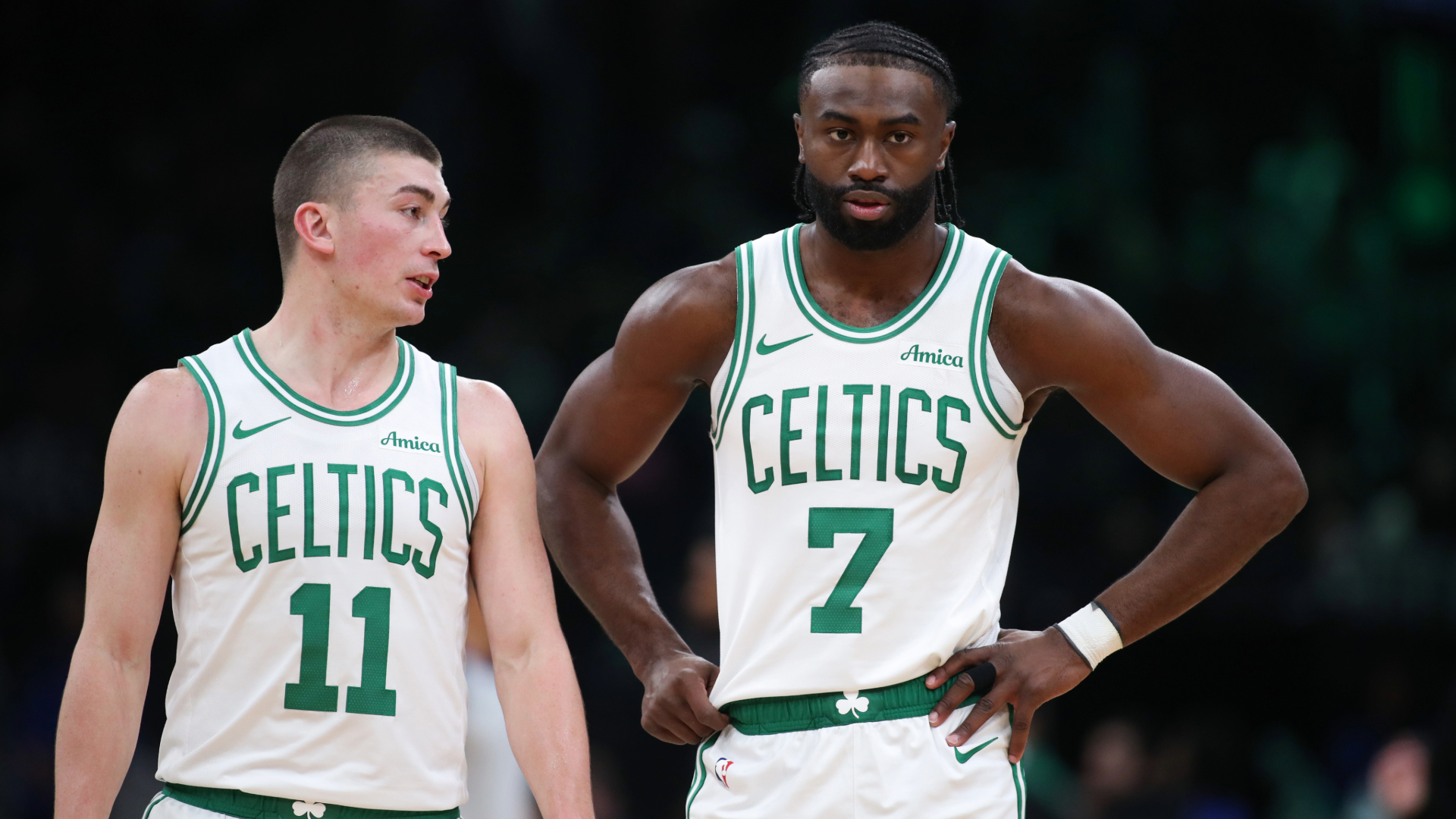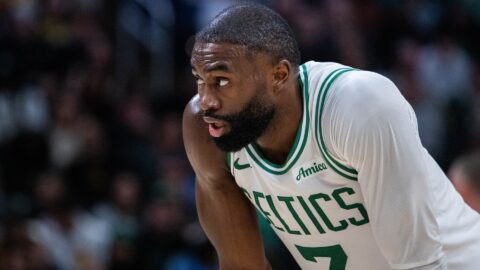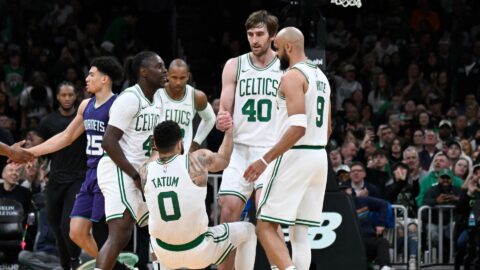Editor's note: Each day this week, Tony Lee will offer an inside scoop on Jon Lester's rise from a small town in the Great Northwest to heroic ace of the Boston Red Sox. On Tuesday, Lester's rough introduction to pro ball and nearly traded to Rangers for Alex Rodriguez was covered.
Jon Lester's progression from high-school standout to Cy Young Award candidate has been so smooth. He has improved at each stop, blasting through whatever barriers were in his way.
There were advancements made from 2003, his first full season as a pro, to 2004, and from 2004 to 2005, when he starred as a 21-year-old at Double-A. The natural progression to Triple-A Pawtucket followed in 2006, and 11 starts against more mature hitters that resulted in a 2.70 ERA.
Like those days and days of rain in his native Puyallup, Wash., Lester was relentless in his pursuit of a spot on the major league roster. The 2006 edition of the Red Sox gave him that opportunity through a rash of injuries to its pitching staff, but it would’ve been tough to keep Lester down anyway.
Again, the train kept rolling. Five wins, no losses and a 2.38 ERA through his first eight starts as a major leaguer. He had a 7-2 record after picking up a win in Anaheim on Aug. 23.
Then came the grinding halt.
Back pain. A visit to a doctor in Tacoma, where they found ''some different things that weren’t supposed to be there.'' A cross-country flight to Boston for further tests. A diagnosis no 22-year-old entering the prime of his life, or anyone for that matter, should have to hear. Non-Hodgkin’s lymphoma. It was treatable, but the pursuit of his dream was now on the back burner.
The top priority was suddenly coming to terms. Unsurprisingly, Lester went about that in much the same fashion that he did in rocketing up the organizational ladder — methodically, forcefully and with expert precision.
''I'm 22 years old, I thought I was in the best shape of my life coming in here, pitching every five days and pitching at Fenway Park — what could be better?'' Lester said days after the diagnosis in Sept. 2006. ''Obviously, there's that denial. Why, how could it be me, what did I do wrong, type thing. But you know, right now we don’t have room for that. Right now, all it is we've got to fight this, we've got to beat it…We beat it, we get it under control, we'll start thinking about baseball, back to pitching.
''Until we do that, we've got a long road ahead of us.''
Six rounds of chemotherapy treatments followed, several of which came back home in Washington, where Lester would fish when he had the energy, spend valuable time with his parents and talk with figures from his past, some of whom needed only one look into the eyes of the lefty to know that cancer would simply be another conquest.
''Attitude is so huge with those kinds of things,'' said Lester's coach at Bellarmine Prep, Rick Barnhart, who was so awed by Lester even as a freshman that he gave him a start in the team's first playoff game that year. ''Once you get past the why me part of it, you get into the, OK, there's something to be done here. He got through that quick and after talking to him and seeing him start that process, you felt he's going to take care of this. There was never a question.''
''You knew that if it was possible he was going to do it because he had all the right attitude with which to deal with it.''
By December, the cancer was kicked, for all intents and purposes. By February, Lester was back in a baseball uniform, setting his sights on the next step of his baseball career.
It's so cliche, but if you subscribe to the everything-happens-for-a-reason school of thought, the organization's decision to send Lester to Single-A Greenville to start his comeback in the spring of 2007, a decision upon which he was not keen, was rather fortuitous.
''That made my year,'' Lester said at the time, referring not only to getting back on the mound after months spent in and out of hospitals, but to the fortune he had in meeting his now-wife, Farrah Johnson. In the time it took to make three rehab starts for the Drive, Lester had not only proven he still had his stuff but had found time to squeeze in romance. Talk about a skilled individual.
It shows the power of love, something the baseball world would witness once again when Lester made it all the way back. With his parents, John and Kathie, watching with lumps in their throats from behind the Red Sox dugout, Lester returned to the major leagues on July 23 in Cleveland. He threw six solid innings to defeat the Indians that night. Four starts later, he returned to Fenway Park for the first time in almost a year and dominated the Tampa Bay Devil Rays.
The train was rolling once again. Its last stop would come in October in Denver, where, just over a year before a bad back led to the worst news of his life, Lester was the winning pitcher in the decisive game of the World Series. From minor league call-up to cancer survivor to postseason hero in a span of about 16 months.
With that storybook stretch behind him, a clean bill of health and further proof that nothing could keep him down, Lester now had his set his sights on superstardom.
Check back Thursday for a look at Lester’s rise to the top of the Red Sox rotation.



